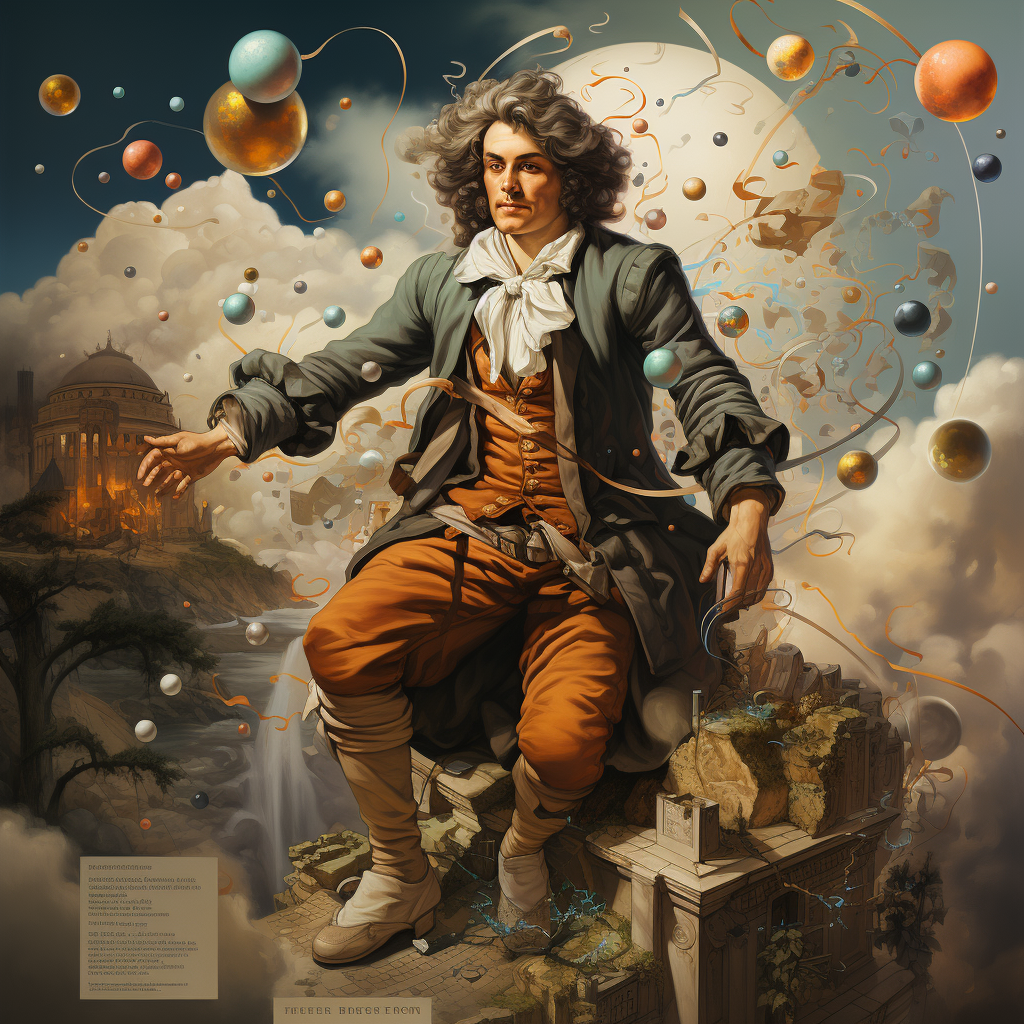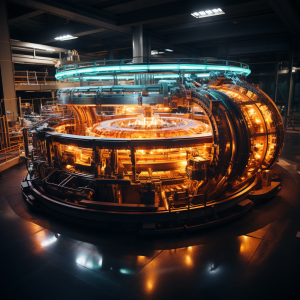
What are Newton's laws of motion?
Newton’s laws of motion are three fundamental principles that provide the foundation for classical mechanics, a branch of physics that deals with the motion of objects and the forces that affect them. These laws, formulated by Sir Isaac Newton in his work “Philosophiæ Naturalis Principia Mathematica” (1687), revolutionized our understanding of the physical world and laid the groundwork for modern physics. Newton’s laws can be applied to a wide range of phenomena, from the motion of celestial bodies to the behavior of everyday objects.
Newton’s First Law (Law of Inertia)
An object at rest stays at rest, and an object in motion stays in motion with the same speed and in the same direction, unless acted upon by an external force.
The first law, also known as the law of inertia, describes the natural tendency of objects to resist changes in their state of motion. Inertia is an intrinsic property of an object, which depends on its mass. A more massive object has greater inertia, making it more resistant to changes in its motion. In the absence of any external forces, an object will maintain a constant velocity (which could be zero, i.e., at rest) indefinitely. The first law essentially states that if the net force acting on an object is zero, its acceleration will also be zero.
Newton’s Second Law (Law of Acceleration)
The acceleration of an object is directly proportional to the net force acting on it and inversely proportional to its mass. Mathematically, it can be represented as F = ma, where F is the net force acting on the object, m is its mass, and a is the resulting acceleration.
The second law establishes the quantitative relationship between force, mass, and acceleration. It states that the net force acting on an object is equal to the product of its mass and the acceleration it experiences. This implies that a more massive object will experience a smaller acceleration under the same force, while a smaller force will result in a smaller acceleration for a given mass. The second law provides a means to calculate the acceleration of an object when the forces acting on it are known, or conversely, to determine the forces needed to produce a desired acceleration.
Newton’s Third Law (Law of Action and Reaction)
For every action, there is an equal and opposite reaction.
The third law states that whenever an object exerts a force on another object, the second object exerts an equal and opposite force on the first object. This principle holds for all types of forces, including gravitational, electromagnetic, and contact forces. It is important to note that the action and reaction forces always act on different objects and, therefore, do not cancel each other out. The third law emphasizes the symmetrical nature of forces and is crucial for understanding phenomena such as propulsion, where an object (e.g., a rocket) is propelled forward by expelling mass (e.g., exhaust gases) in the opposite direction.
To illustrate the application of Newton’s laws, let’s consider a simple example: a hockey puck sliding across an ice rink. The puck is initially at rest, and a hockey player exerts a force on it by striking it with a stick. According to Newton’s first law, the puck will remain at rest until the force from the hockey stick acts on it. When the player hits the puck, Newton’s second law comes into play: the force exerted by the stick causes the puck to accelerate, with the acceleration proportional to the force applied and inversely proportional to the puck’s mass. As the puck moves across the ice, it experiences frictional forces that oppose its motion, eventually slowing it down and bringing it to rest. The third law is also at work during the interaction between the hockey stick and the puck: the force exerted by the stick on the puck is equal in magnitude and opposite in direction to the force exerted by the puck on the stick.
Newton’s laws of motion have far-reaching implications and applications in various fields of science and engineering. They are instrumental in analyzing and designing mechanical systems, from simple machines to complex structures like bridges, buildings, and vehicles. Moreover, they form the basis for understanding the motion of celestial bodies, such as planets, stars, and galaxies, allowing us to predict their behavior and study the underlying principles governing the universe.
However, it is important to note that Newton’s laws are not universally applicable. They provide accurate predictions for objects and systems at macroscopic scales and velocities much smaller than the speed of light. When dealing with objects at atomic and subatomic scales, quantum mechanics becomes necessary, as classical mechanics fails to provide accurate descriptions of their behavior. Similarly, at speeds approaching the speed of light, the principles of special relativity come into play, altering the classical equations of motion.
Despite these limitations, Newton’s laws of motion remain a cornerstone of classical physics and have played a critical role in shaping our understanding of the natural world. They serve as an excellent starting point for the study of mechanics and continue to be a key part of the curriculum for students of physics and engineering.




